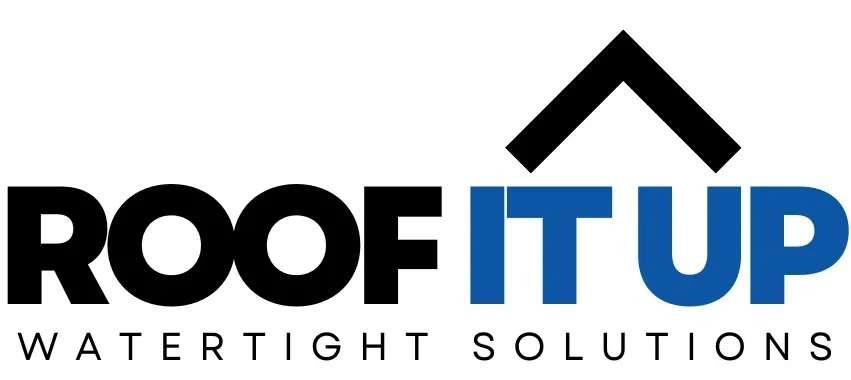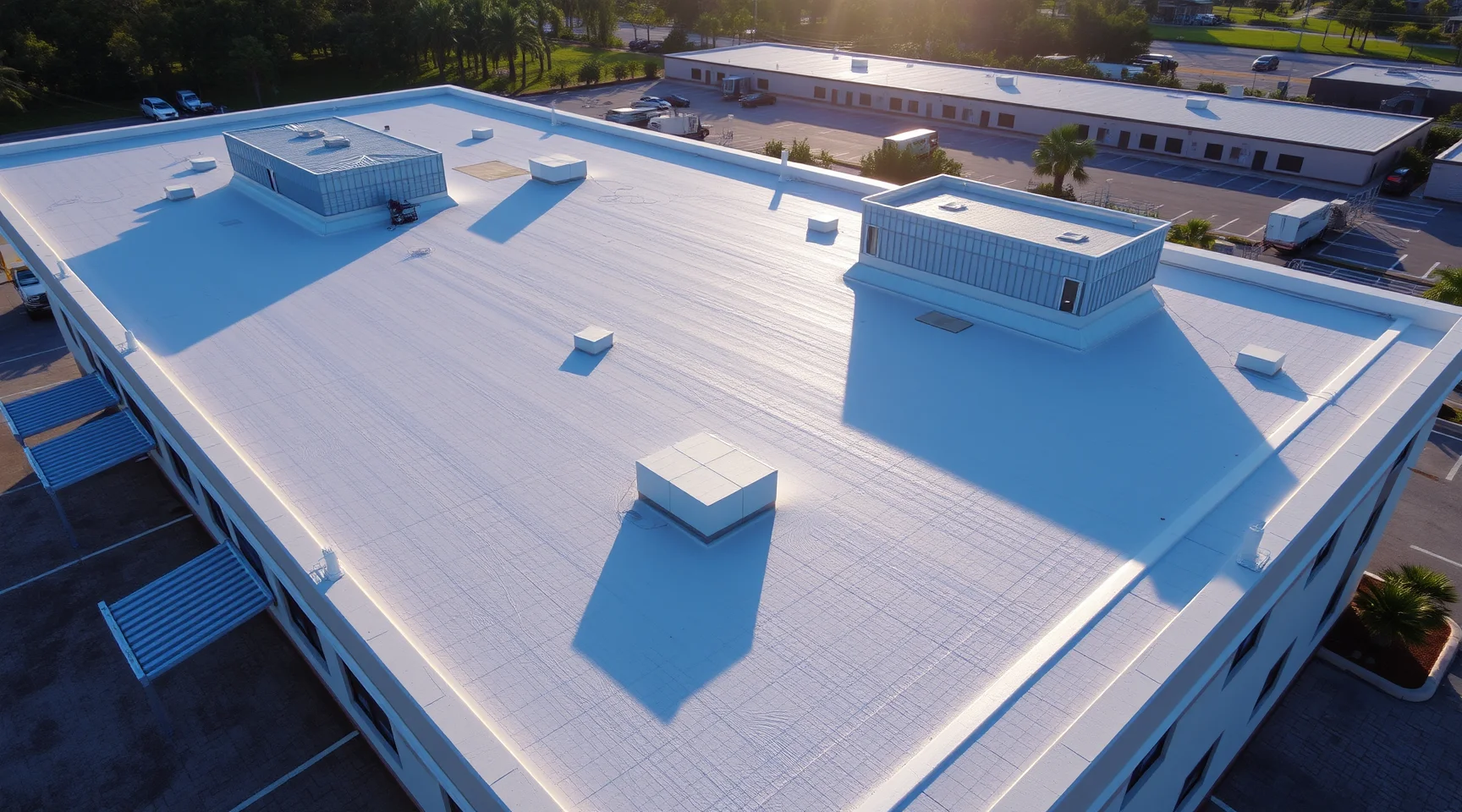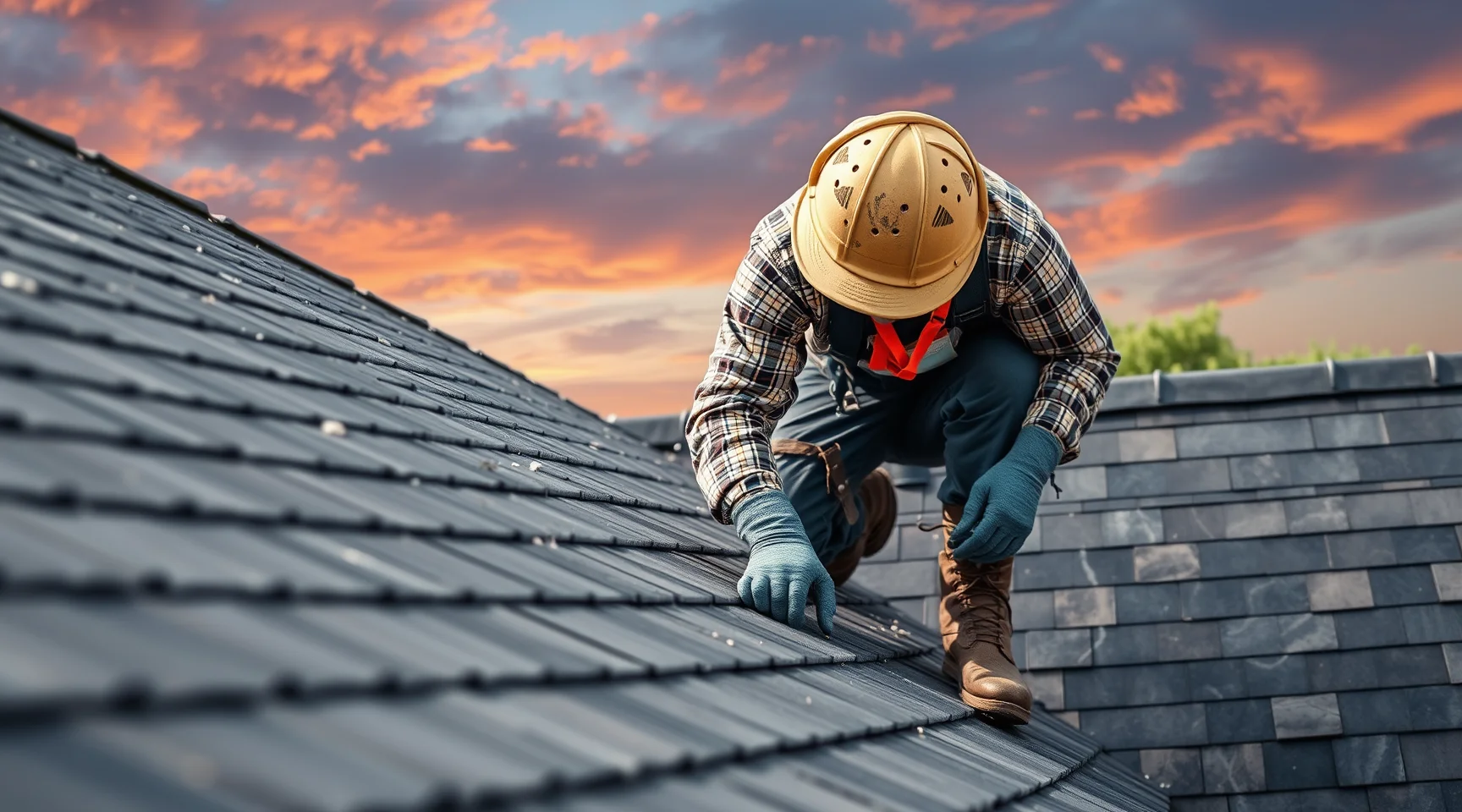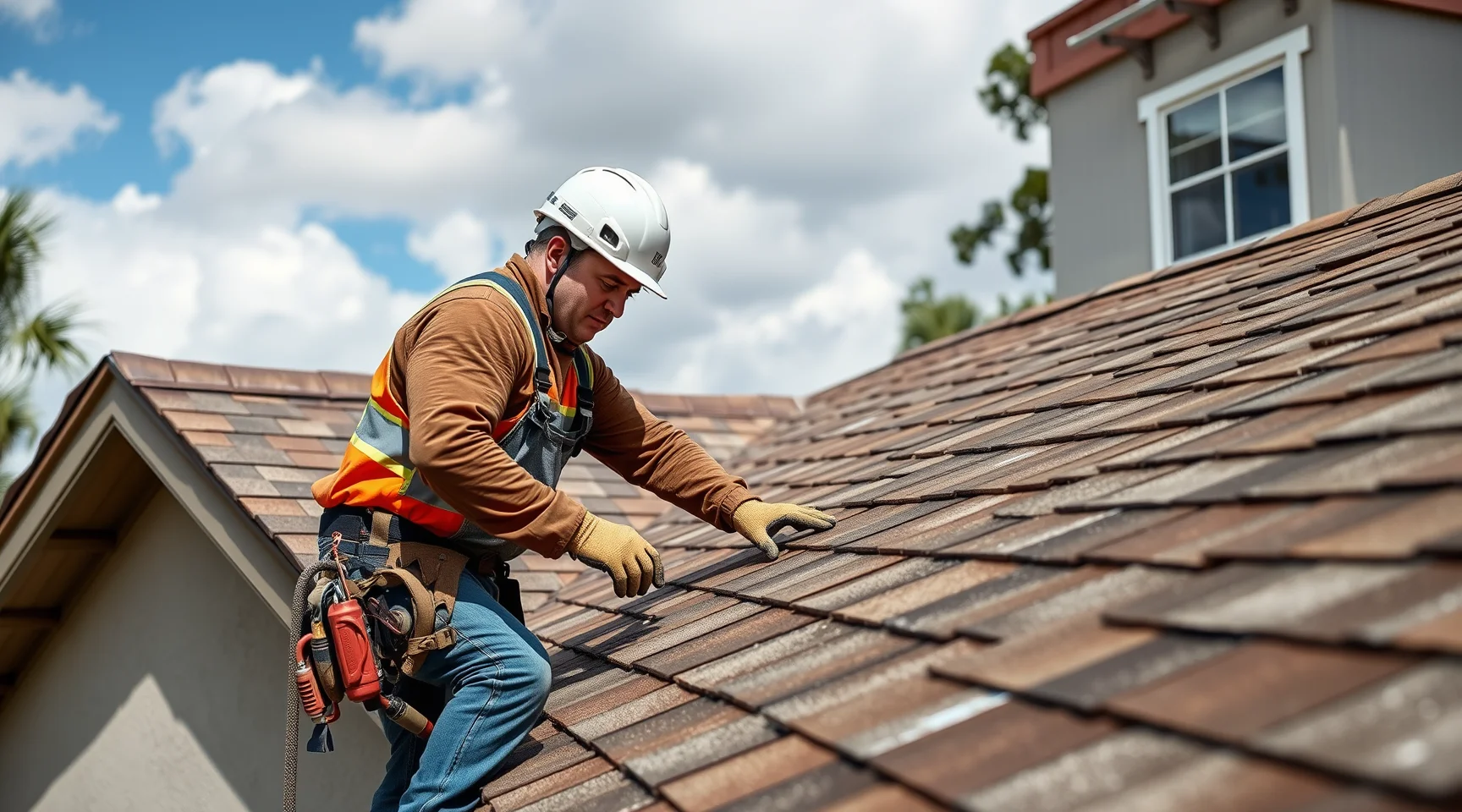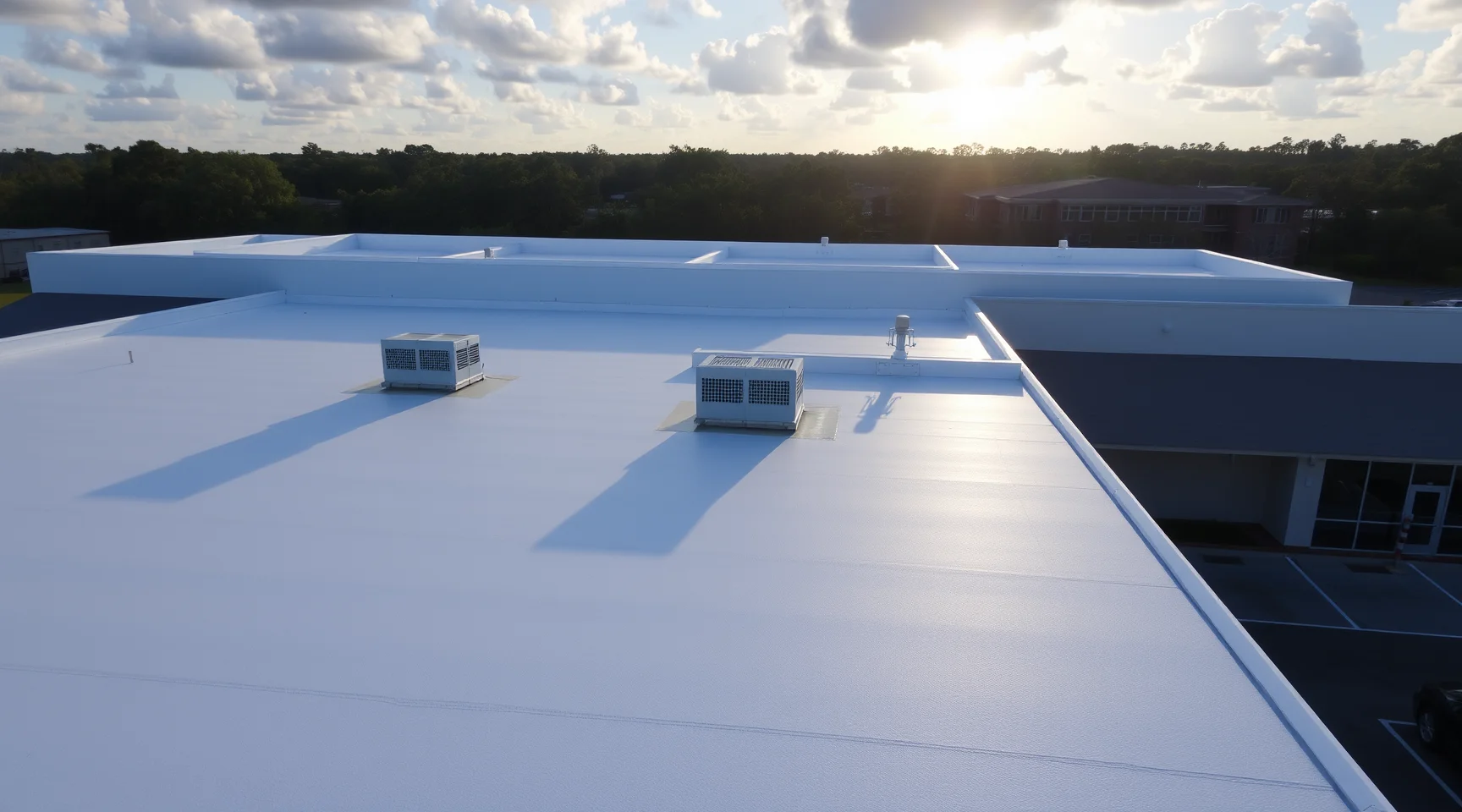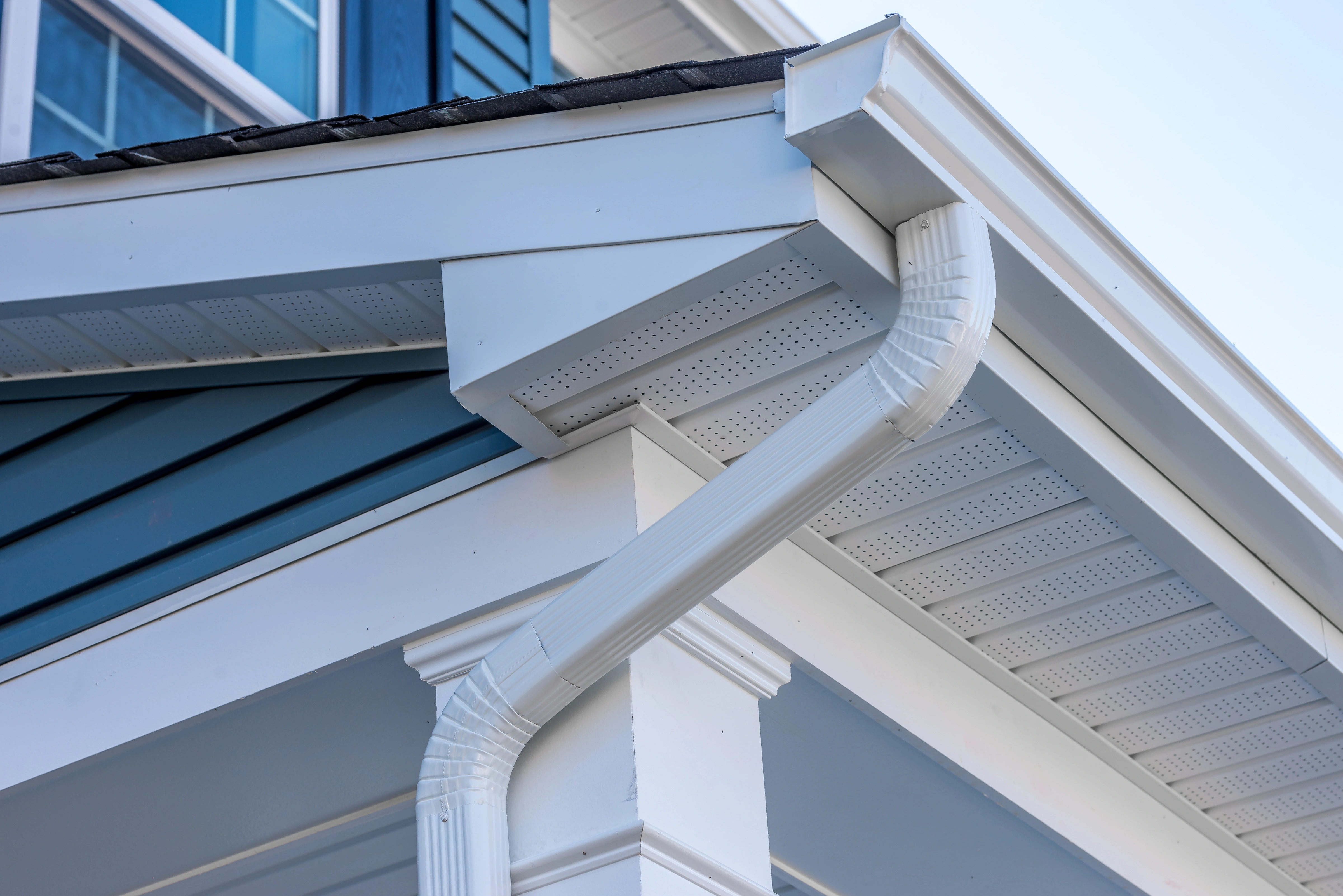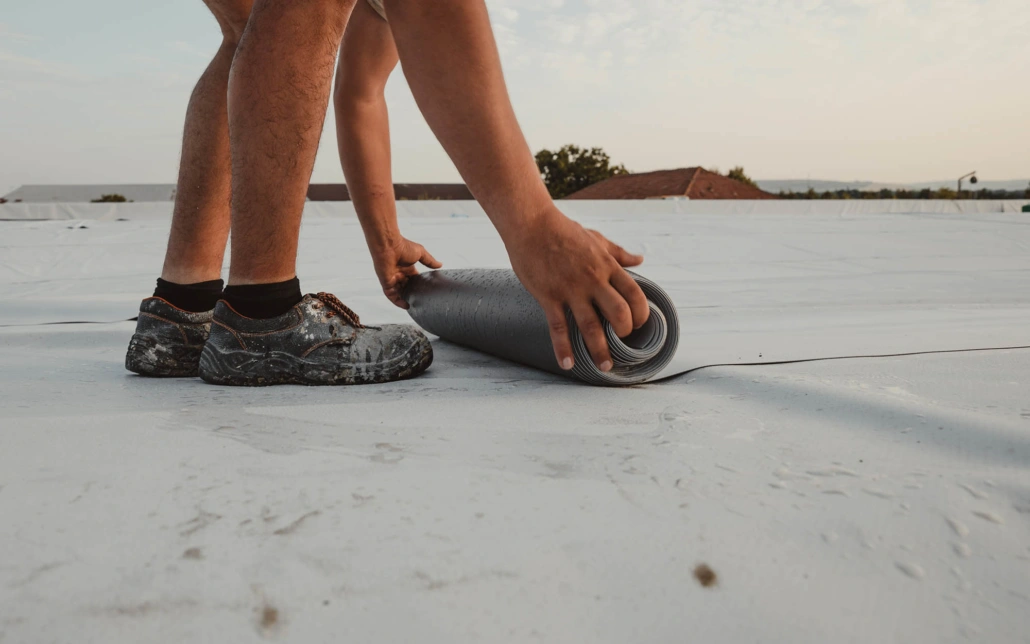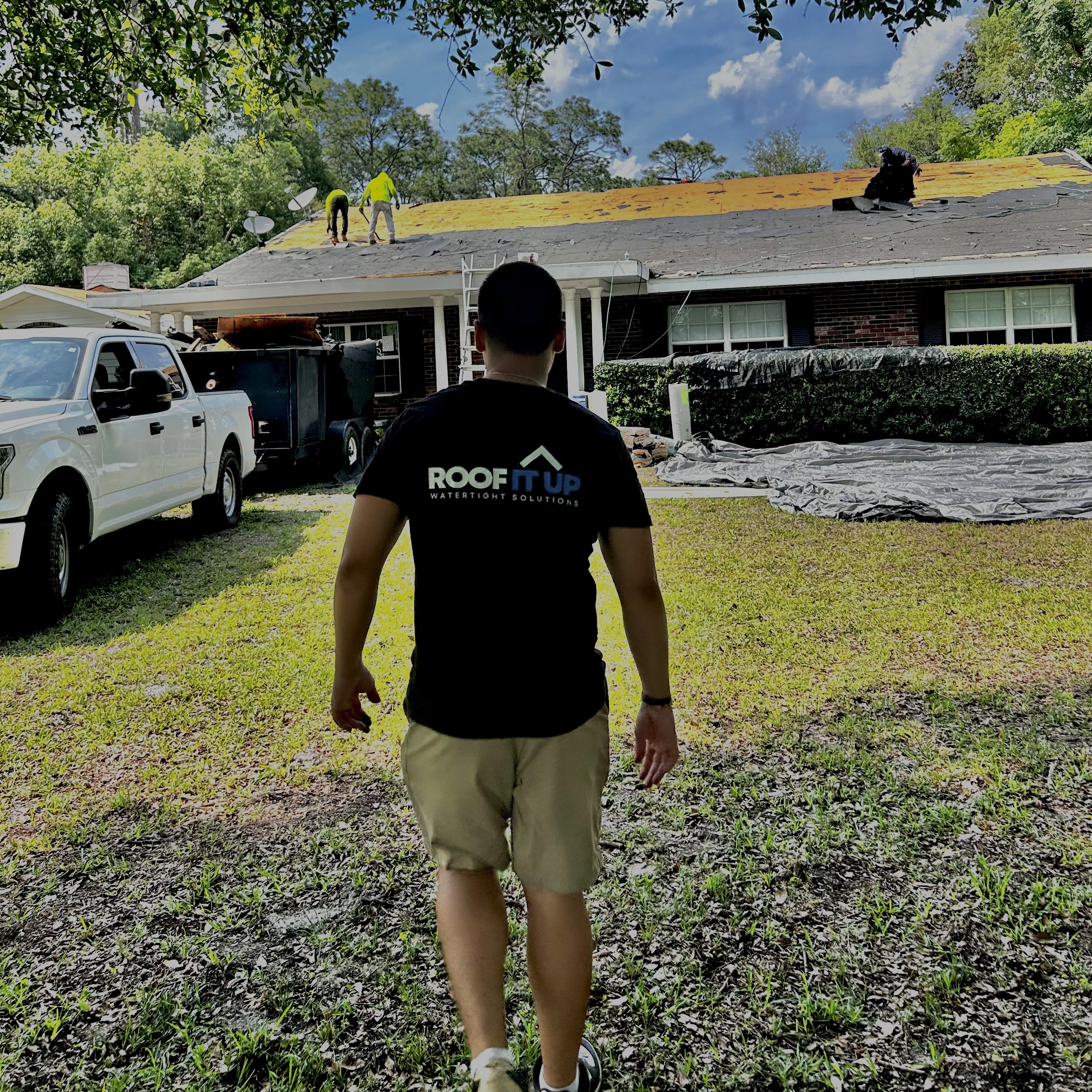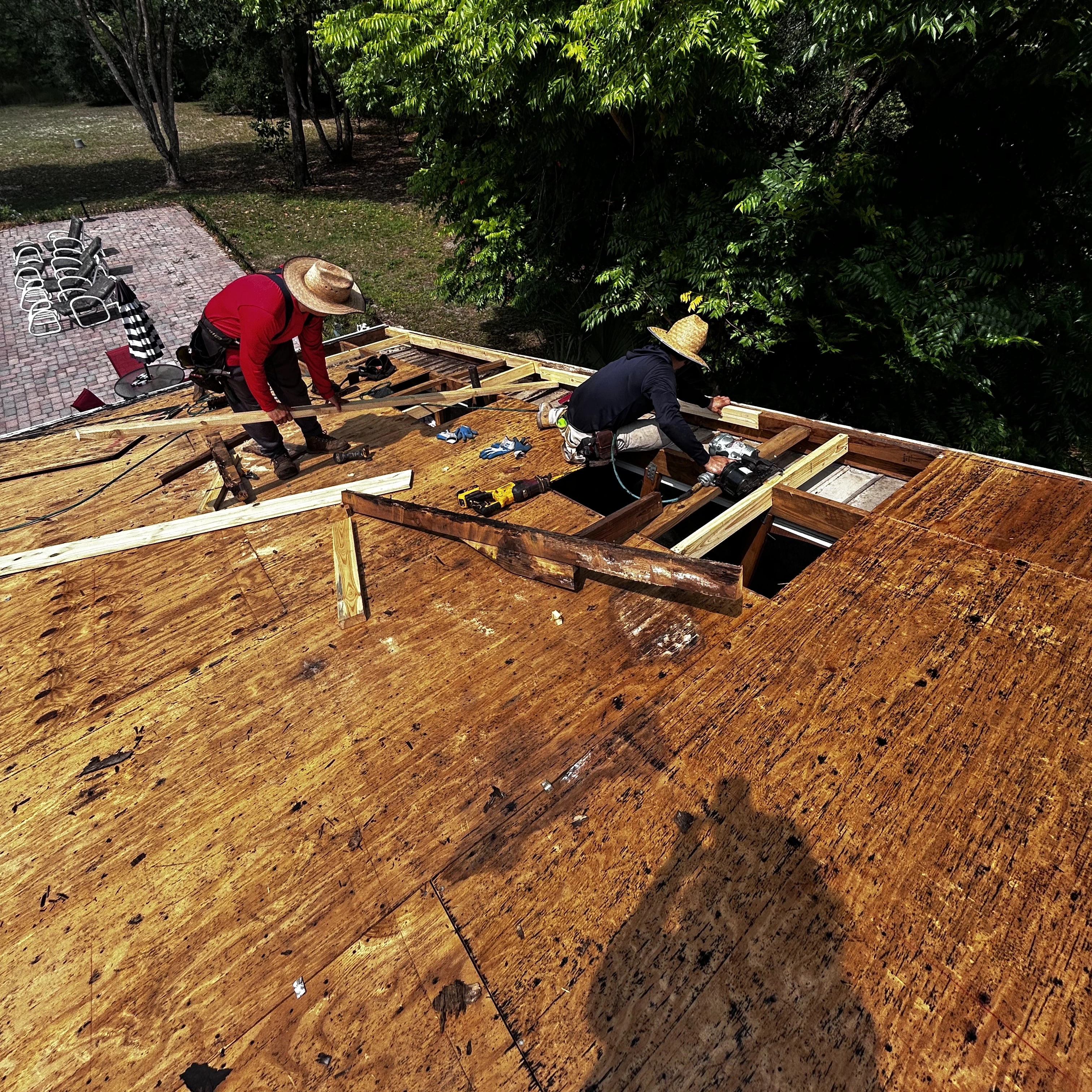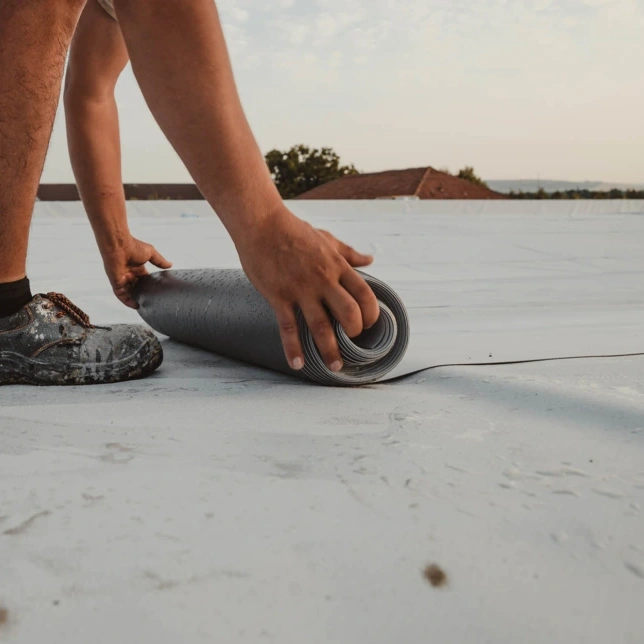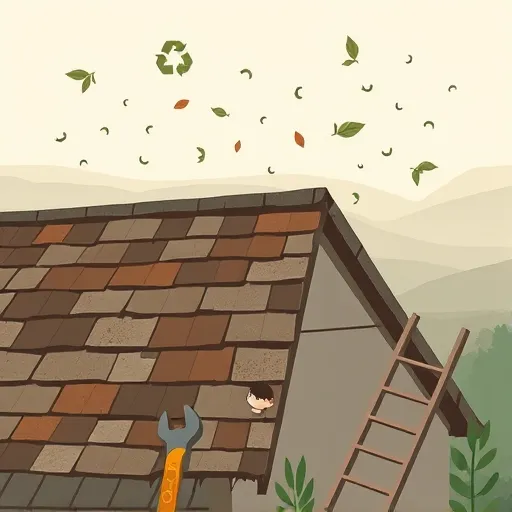
How to Dispose of Old Roofing Materials | Complete Disposal Guide
How to Dispose of Old Roofing Materials: A Simple Guide to Eco-Friendly Disposal and Recycling
Upgrading your roof is an exciting project that can enhance your home's value, safety, and aesthetic appeal. However, one aspect often overlooked is the proper disposal of the old roofing materials. Improper disposal can harm the environment, incur unnecessary costs, and even lead to legal issues. That’s why understanding how to dispose of old roofing materials responsibly is essential for homeowners and contractors alike.
In this comprehensive guide, we’ll explore practical, eco-friendly methods for disposing of roofing debris, highlight recycling opportunities, and provide actionable tips to make your roofing project environmentally sustainable. Whether you’re replacing asphalt shingles, metal roofing, or other materials, this article will help you navigate waste management effectively and confidently.
Why Is Proper Disposal of Roofing Materials Important?
Environmental Protection: Roofing waste can contain hazardous substances, especially in older materials, which can pollute soil and water if not disposed of properly.
Legal Compliance: Many jurisdictions have strict regulations regarding construction waste disposal. Failing to comply can result in fines or project delays.
Cost Savings and Sustainability: Recycling roofing materials often reduces disposal fees and minimizes environmental impact, supporting a greener future.
Community Responsibility: Proper disposal reduces the risk of debris causing hazards or nuisance to neighbors and local wildlife.
What Are the Common Types of Old Roofing Materials?
Before exploring disposal methods, it’s important to identify the type of roofing material you’re dealing with, as disposal procedures vary accordingly:
Asphalt Shingles: The most common roofing material, made from asphalt, aggregate, and fiberglass.
Metal Roofing: Durable and recyclable, often made from aluminum, steel, or copper.
Wood Shingles and Shakes: Typically made from cedar, redwood, or other woods, they require special disposal considerations due to their organic nature.
Clay or Concrete Tiles: Heavy and durable, but can be recycled or disposed of in specific landfills.
How Can You Recycle Old Roofing Materials?
Recycling is a sustainable way to dispose of roofing debris. Many materials can be repurposed, reducing waste and environmental impact. Here are some options:
Recycling asphalt shingles into pavement or road base material is a common practice, with facilities accepting shingle waste for repurposing.
Metal roofing materials are highly recyclable and can often be melted down and reused for new projects.
Wood shingles and shakes can sometimes be repurposed for landscaping or mulch, or sent to specialized wood recycling centers.
Where Can You Dispose of Roofing Waste Responsibly?
Knowing where to take your roofing debris is crucial. Here are some options:
Dedicated Construction and Demolition (C&D) Landfills: These facilities are equipped to handle various roofing waste types and often have recycling programs in place.
Recycling Centers: Seek local recycling centers that accept roofing materials. Contact your city’s waste management department for recommendations.
Roofing Disposal Services: Many contractors and waste removal companies offer specialized roofing debris removal and disposal services, ensuring eco-friendly practices.
What Are Some Tips for Eco-Friendly Roofing Disposal?
Implementing sustainable practices can make your project more environmentally friendly:
Plan Ahead: Consult with your roofing contractor about disposal and recycling options from the outset.
Segregate Materials: Separate different debris types to facilitate recycling and reduce contamination.
Reduce Waste: Consider recycling existing roofing materials or opting for sustainable alternatives in future projects.
Work with Certified Contractors: Choose experienced roofing companies familiar with eco-friendly disposal methods, such as certified roofing specialists in Leesburg, Florida.
Educate and Communicate: Ensure everyone on-site understands disposal protocols and the importance of sustainability.
How Can You Ensure Proper Disposal During a Roofing Project?
Effective management of roofing waste involves coordination and awareness:
Secure Planning: Work with your contractor to include waste management strategies in your project plan.
Container Selection: Use appropriate waste containers or dumpsters specifically designated for roofing debris.
Regular Removal: Schedule frequent debris removal to prevent accumulation and facilitate recycling.
Documentation: Keep records of waste disposal and recycling to ensure compliance and track your sustainable efforts.
Are There Any Special Considerations for Vintage or Hazardous Roofing Materials?
Yes. Older roofs may contain hazardous substances such as asbestos or lead-based paints. Handling and disposing of these require extra caution:
Consult Professionals: Always work with licensed hazardous waste disposal specialists for removal and disposal.
Follow Regulations: Comply with local, state, and federal environmental regulations.
Proper Packaging: Ensure hazardous materials are securely contained to prevent leaks or exposure.
What Are the Benefits of Eco-Friendly Roofing Disposal?
Reduces the environmental footprint of your construction project.
Supports community health and safety by minimizing exposure to hazardous materials.
Contributes to sustainable resource management by recycling valuable materials.
Can enhance your reputation as an environmentally responsible homeowner or contractor.
FAQs About How to Dispose of Old Roofing Materials
What is the best way to recycle asphalt shingles?
Many facilities accept asphalt shingles for recycling into pavement base or asphalt products. Contact local recycling centers or waste management services to find a nearby location.
Can metal roofing materials be recycled?
Absolutely. Metal roofing is 100% recyclable, often melted down and reused in manufacturing. Ensure your contractor separates metal debris for recycling purposes.
What should I do if my roofing contains hazardous materials like asbestos?
If your old roof contains hazardous substances such as asbestos, it’s critical to hire licensed hazardous waste specialists for safe removal and disposal. Do not attempt DIY removal, as exposure poses serious health risks.
Conclusion: Embrace Sustainable Practices in Your Roofing Project
Knowing how to dispose of old roofing materials responsibly is an essential part of any roofing project that aligns with eco-friendly principles. By understanding the types of materials, recycling options, and disposal locations, you can significantly reduce your environmental impact and contribute to a more sustainable future.
Whether you’re planning a complete roof replacement or a minor repair, partnering with experienced professionals and utilizing proper disposal methods will ensure your project is environmentally responsible. For expert guidance and certified roofing solutions, consider reaching out to certified roofing specialists in Leesburg, Florida.
Remember, responsible disposal not only benefits the environment but also extends the lifespan of your community’s natural resources. Start planning your roofing disposal today and make a positive impact with every project you undertake.
